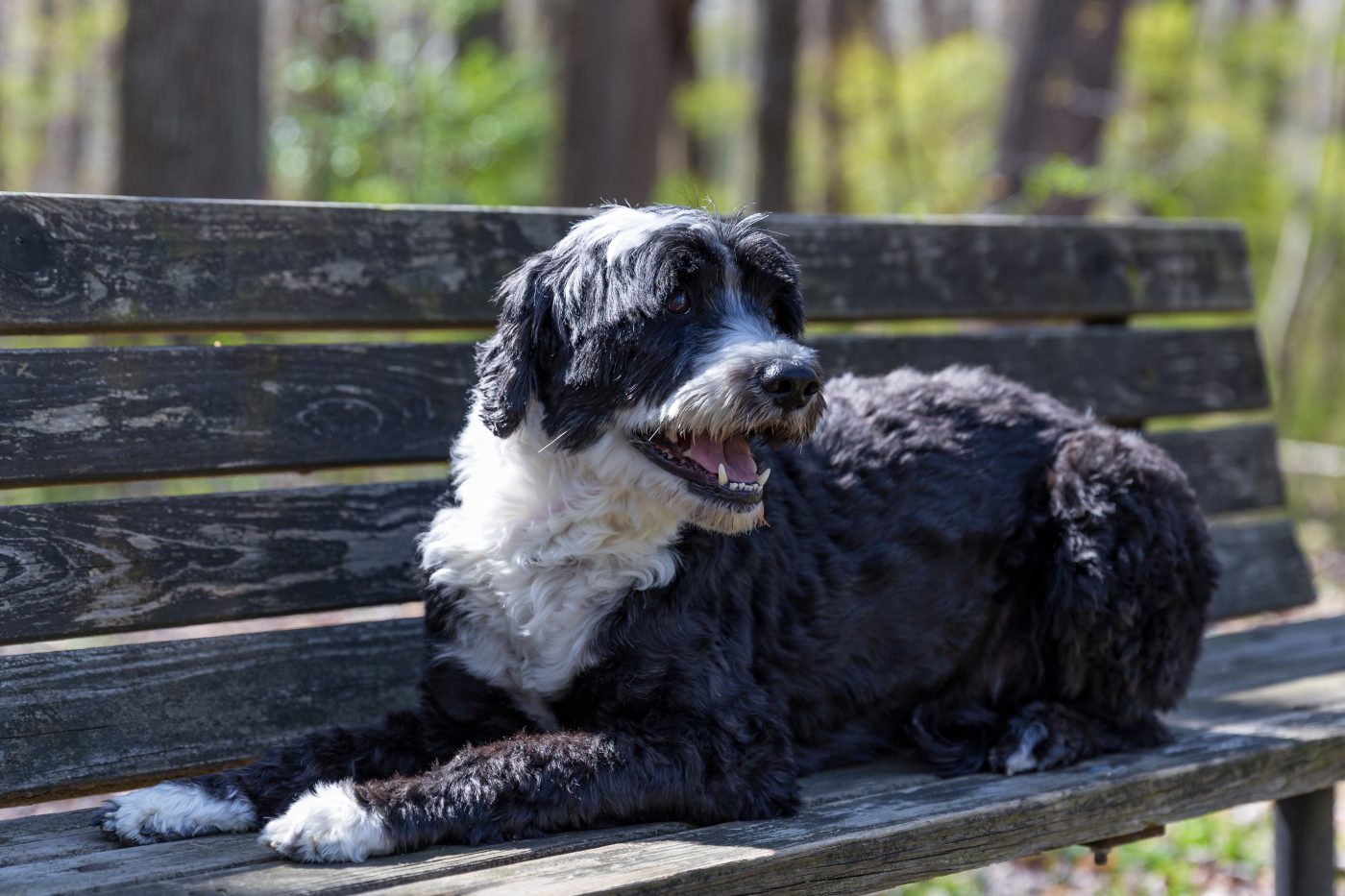Everyone loves an easy solution to a complex problem–so it’s no wonder that, with 10 to 20% of the population allergic to dogs and cats, so-called hypoallergenic dogs are in demand.
By definition, a hypoallergenic dog would be one that is less likely to cause an allergic reaction–though colloquially, it’s come to mean a dog who won’t cause any reaction. It would be great if there was such a thing, but sadly, the concept of a hypoallergenic dog is more hype than help.
“A truly ‘hypoallergenic’ dog does not exist,” says Melanie Carver, spokesperson for the Asthma and Allergy Foundation of America. “People with dog allergies may tolerate some dogs more than others and think those dogs are ‘hypoallergenic,’ but all dogs can cause allergy symptoms.”
Why there aren’t any truly hypoallergenic dogs
It’s commonly assumed that the allergy is a reaction to dogs’ dander (that is, dead skin cells), and the idea behind hypoallergenic dogs is that because they shed less, they leave behind less dander, leading to fewer allergy symptoms. But a dog allergy is more complicated than that.
“There are several dog allergies. The protein Can f 1 is one of them, and there are several others,” says allergist Susanna Silverman, MD. “It’s found in the saliva, in the dander, in the urine, and then it basically gets onto the hair through the saliva. It’s sort of everywhere. So there are no truly hypoallergenic dogs, because all dogs have that protein. It can be at different levels–even within certain breeds, certain dogs can have higher or lower levels of that protein.”
Because the allergen is the protein and not the dander itself, a dog who doesn’t shed as much may cause a milder reaction, but overall, less shedding isn’t the panacea it’s promised to be.
“An individual is allergic to small amounts of allergen, not truckloads,” says Fiona Lee, a board-certified veterinary dermatologist and medical director of the Pet Dermatology Center in New Jersey. “Compare it to a bee sting allergy; if you’re allergic, it only takes one bee to have a problem, not a whole hive. Even (breeding) dogs that shed less (of the protein) Can f 1 may not be successful, especially since there are other minor allergens.”
Plus, the theory that dogs who shed less produce less allergen hasn’t proven true. In one study, researchers took samples of the skin and coats of so-called hypoallergenic and non-hypoallergenic dogs, and found the concentration of allergens actually higher in the coats of the hypoallergenic dogs. Dust samples taken from the homes of the dog owners had very similar concentrations of allergen whether the dogs were from the breeds considered hypoallergenic or not.
Still, the American Kennel Club does offer a list of dog breeds with non-shedding coats that produce less dander, which may be better for some people with allergies. The list includes Afghan hounds, schnauzers, Maltese, poodles, Portuguese water dogs, wheaten terriers, and Yorkshire terriers.
Every dog is different
Even if you find a particular breed that seems to trigger you less, it’s important to keep in mind that individual dogs within a single breed can vary in terms of how allergenic they are. You might be ok with one Portuguese water dog, but another can make your eyes water or cause you to sneeze like crazy. (Other symptoms of dog allergy include runny or stuffy nose, coughing, wheezing, shortness of breath, itchy or red eyes, and skin rashes.)
“I always recommend spending time around the specific dog that you’re thinking of getting before (bringing them home), just to make sure you can actually tolerate it,” Dr. Silverman says.
Even with that, there’s still an element of risk. “Sometimes people get a dog and feel fine initially, but then begin to develop symptoms,” she adds.
Isn’t there anything I can do?
If getting–or keeping–a dog is non-negotiable (we get it!), the good news is that there are steps that may help you work around allergies. Check with your allergist to manage your individual situation. Here are some potential solutions to explore for dealing with dander and other irritants:
- Get a blood test to determine your risk of developing severe allergy
- If you’re getting a new pet, spend 15 to 20 minutes with different breeds or types–and the individual dogs you’re considering within those breeds–to gauge your reaction
- Avoid carpeting and stick to hardwood floors, if possible. If not, opt for low-pile carpets and rugs, and be sure to vacuum and shampoo them often
- Wash the dog’s bed often; vacuum and thoroughly clean any places the dog frequents, such as a couch or chairs
- Use HEPA air filters
- Keep the dog out of your bedroom, and other rooms where you spend a lot of time, such as a home office
- Train your dog not to lick you
- Change clothes and wash your hands after spending time with your dog
- Have a non-allergic person bathe your dog weekly, and brush them outside
Additionally, there are immunotherapy treatments you may be able to utilize to build your tolerance, such as shots or drops. “That’s a way of changing the immune system response to the allergen over time,” Dr. Silverman says. “So it’s a long-term type of treatment, but it is very effective.” Ask your allergist if this is an option for you.










